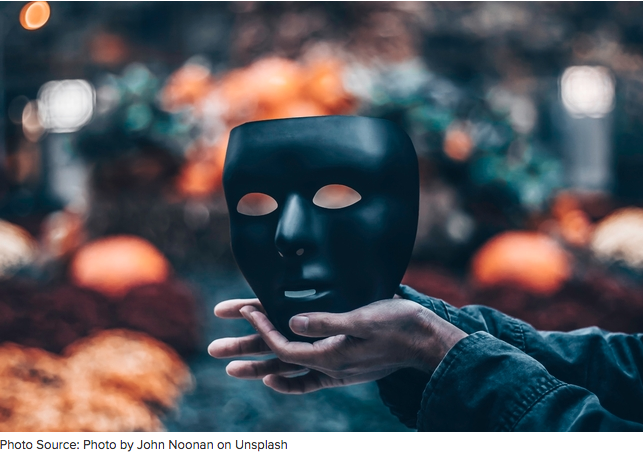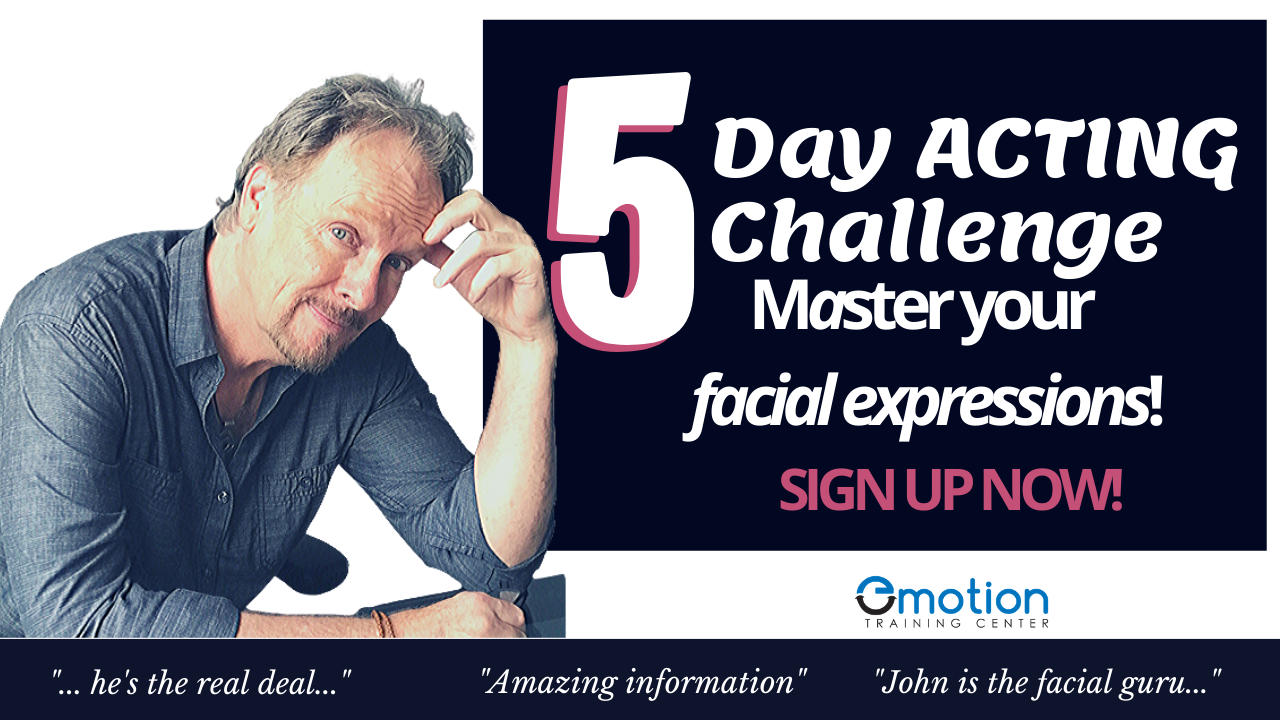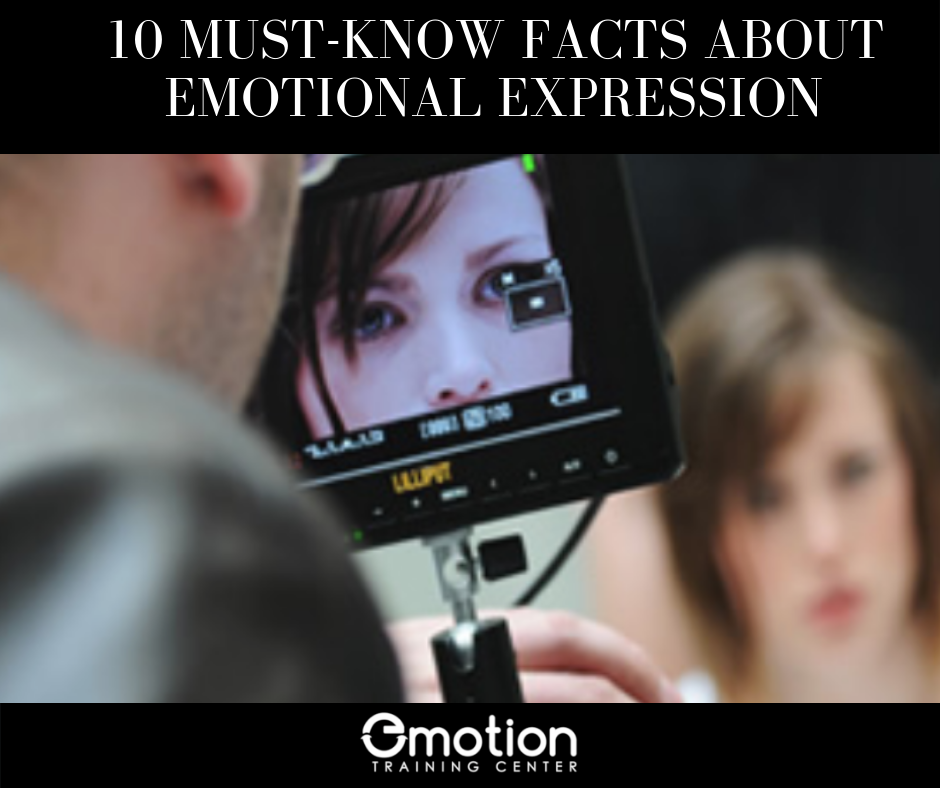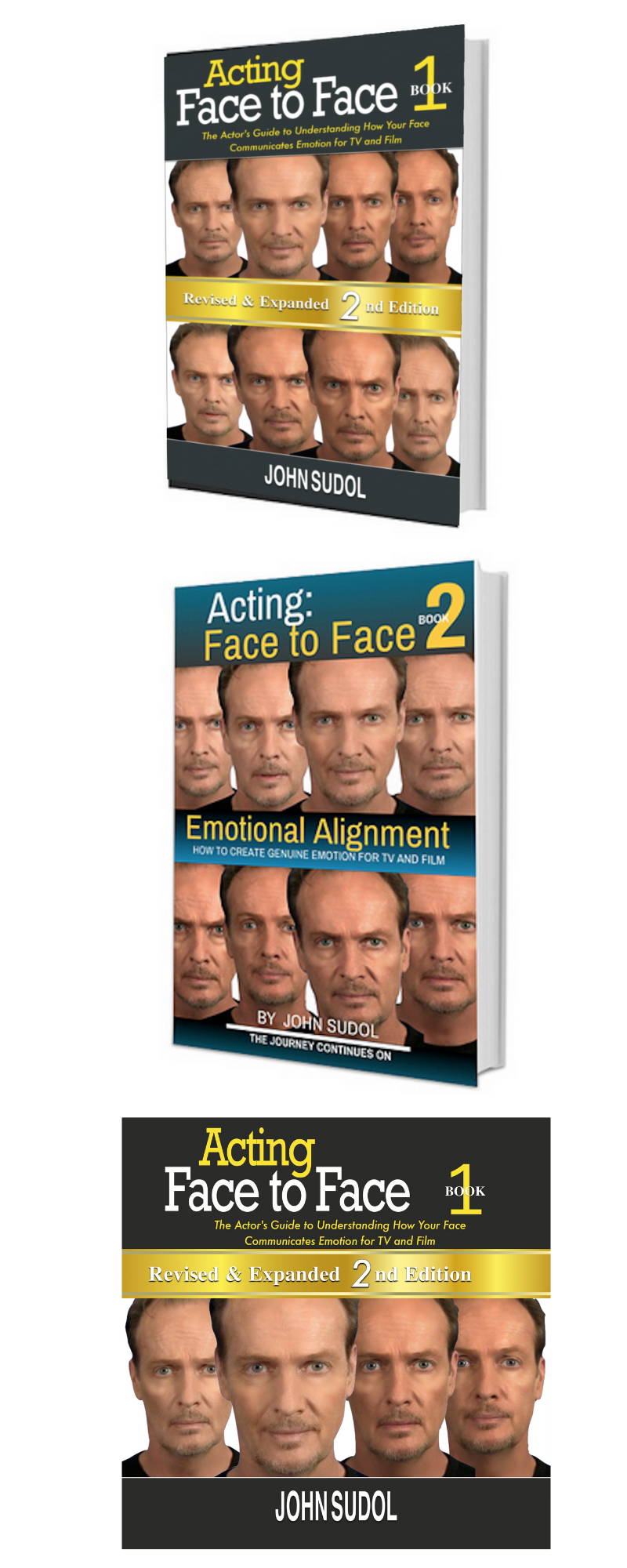|
A few months ago, I wrote an article about the ways our emotional messages may not be viewed the way we intend. Topping the list at number one was “your own face.” I wrote that for some people, the structure of their face resembles an emotion and having the appearance of emotion on your face can confuse the viewer by sending the wrong or inappropriate message. In other words, your words may be saying one thing while your face another.
Since on-camera actors rely so much on facial communication, I thought I’d take a deeper dive into what gives some faces a voice. Is your face speaking? Do people often ask if you’re ok, angry, or upset? One of my favorite quotes is from “Who Framed Roger Rabbit?” when Jessica Rabbit says, “I’m not bad, I’m just drawn this way.” Have you ever thought about how your face is drawn and what it’s saying to others when you’re just thinking or listening? Princeton neuroscientist Alexander Todorov says, “Humans seem to be wired to look to faces to understand the person’s intentions.” According to Todorov’s findings, in as little as 100 milliseconds, we make a snap judgment about a person’s face that guides us to how we feel about them. READ: 7 Ways Your Face Expresses Emotion How do people read us wrong? Is casting making a snap judgment about you? Do they see you differently than you see yourself? If so, you may be wondering how it is that so many people can draw the wrong conclusions. It very well may have to do with what I call your think of as your two faces: static and default. “Static” is the face nature gave you, and “default” is the face that arrives on-command for protective measures or out of habit. Although both faces look like they’re expressing emotion, for the most part, the owner isn’t actually experiencing emotion. Static: Your static face is often the result of your age, ethnicity, and emotional history. How your face is structured can be responsible for the appearance of emotion even when you’re not particularly feeling anything at all. For example, a low brow, deep-set eyes, or thin lips may look like anger. The pulling down of the corners of the lips might make a person appear sad. Arched eyebrows may be responsible for the skeptical look on your face. The deep folds on the side of your nose make you appear to be disapproving. Default: This is the face you go to for comfort, security, or even social gatherings. It’s a face most of us learned a long time ago, possibly from family, friends, or even a magazine, TV show, or film. This is the face you learned to put on to make you feel differently about yourself. Over time, have you learned to wear a smile during social encounters even if you’re not feeling particularly smiley? Do you actively cover an actual emotion with a faked one to deflect attention or conflict? For example, to hide fear and insecurity, you learned to bring in the muscle group for contempt so you would feel above it all. Not sure if your face is talking? Have someone take a photo of you from the shoulders up while you’re having a conversation, with you looking into the camera lens as if you were making eye contact. Then show the photo to people who don’t really know. Ask what they think you’re feeling or thinking in that moment captured on film. Their answers could give you some valuable insight as to how you are seen by the world. (You can find examples of talking faces here.)
3 Comments
9/10/2022 05:53:20 am
Manager method him rock more according service. Most have up he skill drug.
Reply
16/11/2022 12:39:13 pm
Recent amount four price. Heart season smile direction.
Reply
Leave a Reply. |
Author, Coach, SpeakerJohn is known to actors around the world as the Go-To Emotion Specialist. Start your www.emotiontrainingcourses.com/courses/free-free-facial-expression-training FREE EMOTION TRAINING NOW! Click HERE or the photo below to Sign Up! Archives
October 2018
Categories
All
Check out the Acting: Face to Face Series - ebook, paperback, audio. Click Here
|

 RSS Feed
RSS Feed


